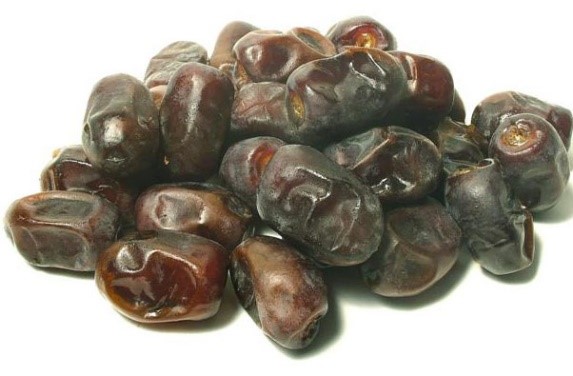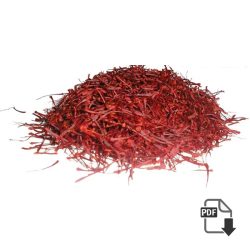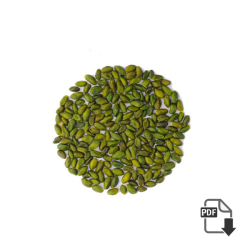How to Store and Use Them Safely
Chickpeas, also known as garbanzo beans, are a nutritious and versatile legume used in dishes worldwide. Whether you buy them dried or canned, chickpeas can last for an extended period if stored properly. However, like any food item, chickpeas can go bad over time. In this article, we’ll explore how to tell if chickpeas have gone bad, how to store them to extend their shelf life, and tips for using them safely in your meals. Does Chickpea Go Bad
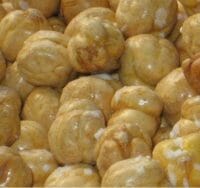
Do Chickpeas Go Bad?
Yes, chickpeas can go bad if they’re not stored properly. Both dried and canned chickpeas have different shelf lives, but over time, their quality will degrade. Proper storage is key to keeping your chickpeas fresh and safe to eat. Does Chickpea Go Bad
Shelf Life of Dried Chickpeas
Dried chickpeas have an impressively long shelf life if stored in a cool, dry place. Typically, they can last up to 1-2 years without losing their nutritional value. However, after this time, they may become harder and take longer to cook. While they won’t spoil in the traditional sense, their quality will decline over time.
Signs That Dried Chickpeas Have Gone Bad
Even though dried chickpeas are durable, they can eventually go bad. Here are some signs to watch for:
- Unusual Smell: If dried chickpeas develop a musty or sour odor, it’s a sign they’ve gone bad.
- Mold: Visible mold or discoloration indicates that the chickpeas are no longer safe to eat.
- Insect Infestation: If you notice small insects in your chickpeas, they should be discarded immediately.
- Does Chickpea Go Bad
Shelf Life of Canned Chickpeas
Canned chickpeas have a long shelf life of up to 2-5 years, depending on the manufacturer’s expiration date. However, once opened, they should be used within 3-4 days if refrigerated properly in an airtight container. Always check the expiration date before consuming canned chickpeas.
Signs That Canned Chickpeas Have Gone Bad
Here are some warning signs that canned chickpeas may have spoiled:
- Bloating or Leaking Can: If the can is bulging or leaking, it’s a clear sign that the chickpeas have gone bad.
- Foul Smell: Once you open the can, if the chickpeas have an unpleasant or metallic smell, they are no longer safe to consume.
- Mold or Slime: If you notice mold or a slimy texture when you open the can, discard the contents immediately.
How to Store Chickpeas for Longer Freshness
Proper storage is essential to extend the shelf life of your chickpeas, whether they’re dried or canned. Here are some tips to keep them fresh:
Storing Dried Chickpeas
To keep dried chickpeas fresh for as long as possible, store them in an airtight container in a cool, dry place, such as a pantry or cupboard. Exposure to heat and moisture can shorten their shelf life and make them go bad faster. If stored properly, dried chickpeas can last up to two years or longer.
For extra protection, you can store dried chickpeas in the freezer. This will help prevent any potential insect infestations and preserve their quality.Does Chickpea Go Bad
Storing Canned Chickpeas
Unopened canned chickpeas should be stored in a cool, dry place, away from direct sunlight. After opening, transfer the chickpeas to an airtight container and store them in the refrigerator. This will help preserve their freshness for 3-4 days. You can also freeze cooked or canned chickpeas in a freezer-safe container for up to three months.
How to Use Chickpeas Safely
Once you’ve ensured your chickpeas are fresh, there are a few steps you can follow to use them safely in your meals:
Cooking Dried Chickpeas
Before cooking dried chickpeas, it’s essential to soak them overnight to reduce cooking time and enhance digestibility. After soaking, rinse them thoroughly to remove any dirt or debris. Boil them in water for 1-2 hours until tender, and they’re ready for use in a variety of dishes.
Using Canned Chickpeas
For canned chickpeas, it’s a good idea to rinse them under cold water to remove excess sodium and any lingering canning liquid. This not only improves their taste but also makes them healthier for use in salads, stews, and other dishes.


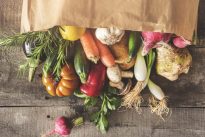
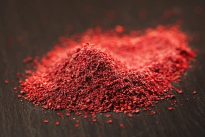

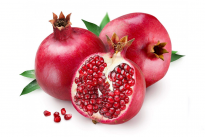
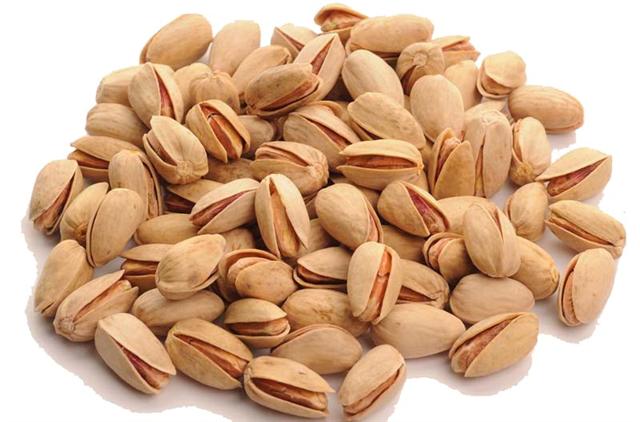
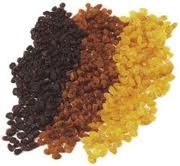 3 kind raisin
3 kind raisin 